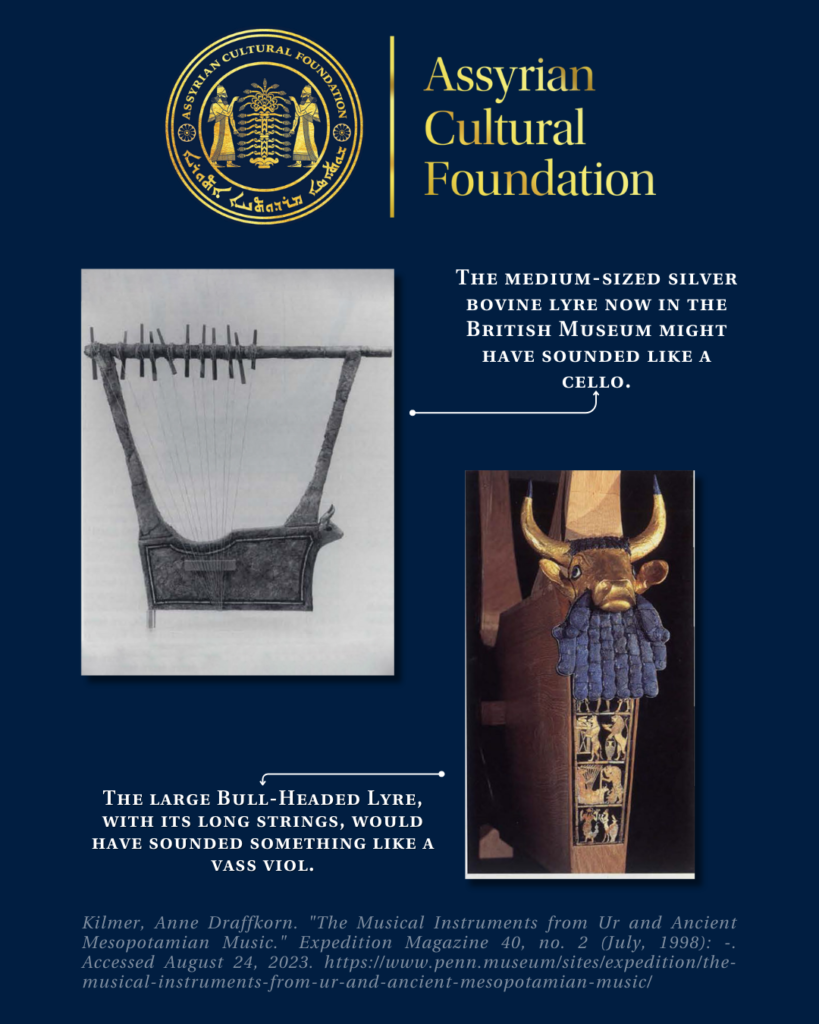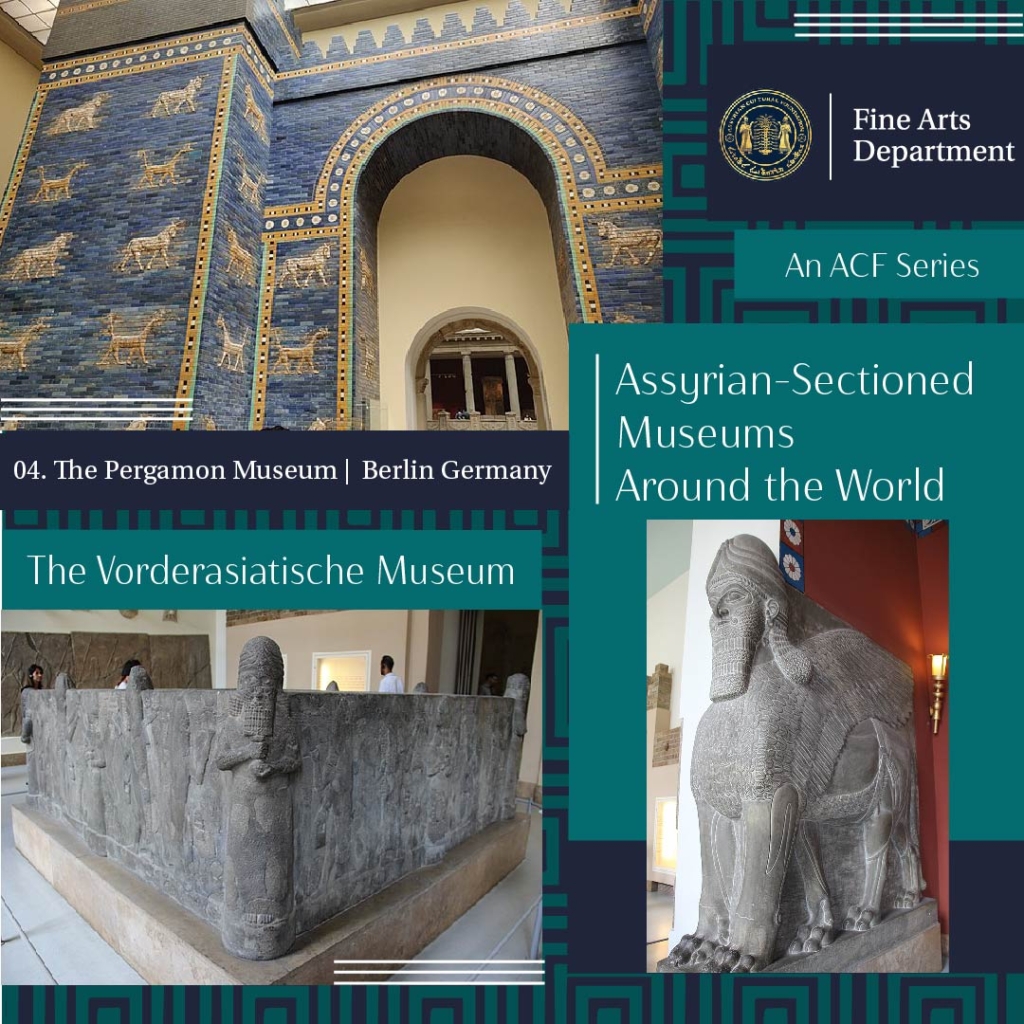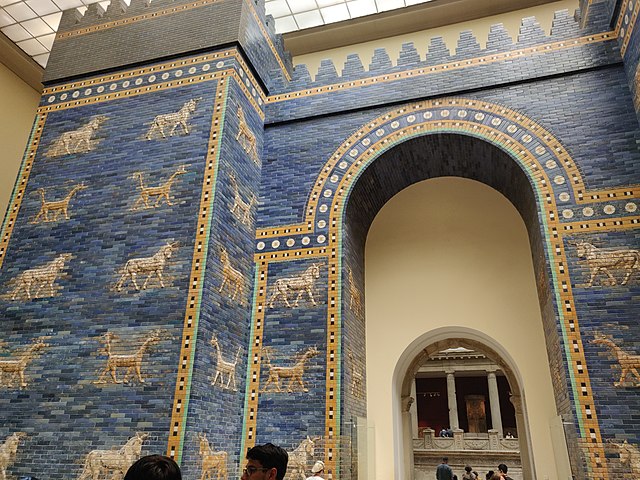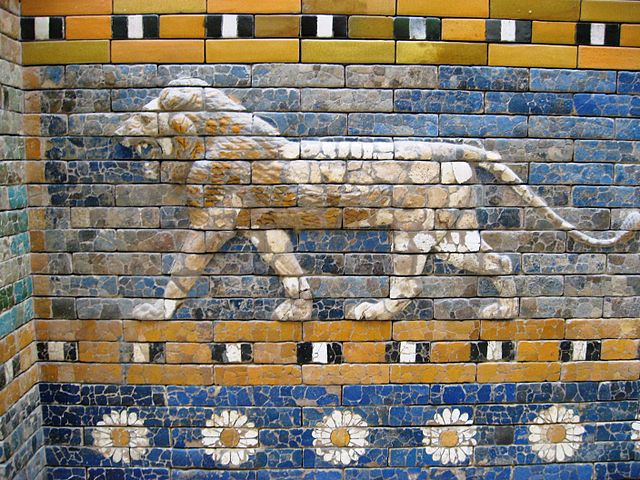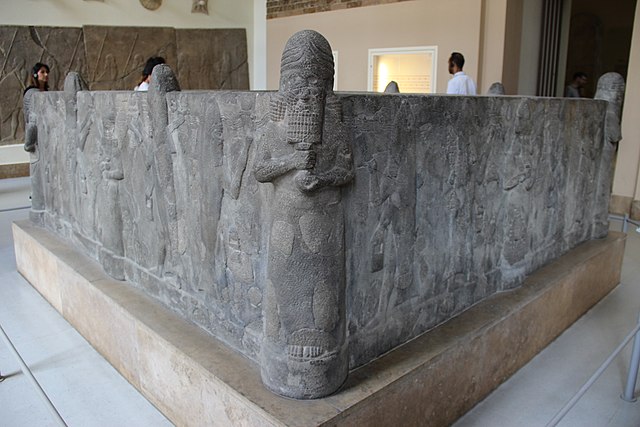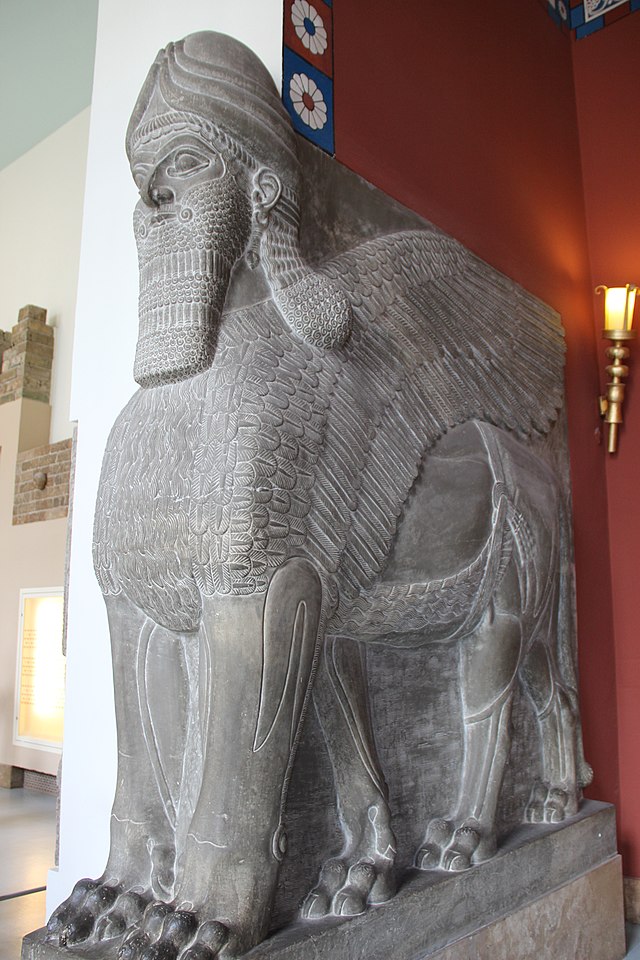Hormuzd Rassam
Date: July 30, 2021
Did you know that one of the first modern archaeologists to dig the remains of the ancient Assyrian Empire was himself an Assyrian? Hormuzd Rassam dug at such places as Nineveh and Nimrud, and made hundreds of important finds such as the Balawat Gates, the cuneiform tablets containing portions of the Epic of Gilgamesh, and the reliefs depicting the Lion Hunt of Ashurbanipal.
Hormuzd Rassam was born in Mosul, Iraq (the Ottoman Empire at the time) in 1826. His family was part of the Chaldean Catholic Church, but Rassam himself would eventually convert to Anglicanism. In 1845, when the pioneering British archaeologist, Sir Austen Henry Layard, sought to begin an archaeological dig in the Mosul area, he received assistance from the British vice-consul of Mosul, Christian Rassam. Christian assigned his younger brother, Hormuzd, who was only nineteen at the time, to assist Layard with his Arabic-speaking archaeology team. Slowly, Hormuzd Rassam gained Layard’s respect and friendship.
In 1847, Layard helped provide Rassam with an opportunity to study at Oxford University’s Magdalen College. He studied there until rejoining Layard in Iraq in 1849. Together, they discovered King Sennacherib’s reliefs depicting the siege of the Judean city of Lachish, which proved the historicity of the Biblical account of this event in 2 Chronicles 32:9. They also discovered the Library of Ashurbanipal. After Layard returned to England, Rassam continued excavating the library. The tablets containing the Epic of Gilgamesh were ultimately discovered at the Library of Ashurbanipal.
Rassam eventually married an Englishwoman named Anne Eliza Price, and purchased a home in Isleworth, near London, which he named “Nineveh House.” However, he continued returning to Iraq throughout his life to dig at both ancient Assyrian and Babylonian archaeological sites. Rassam also served as a British diplomat in both Aden (located in present-day Yemen) and Ethiopia. He specifically went to Ethiopia to help persuade its Emperor, Tewodros II, to free several British missionaries that he had taken captive. However, Emperor Tewodros did not trust the British, so eventually imprisoned Rassam as well, despite being personally fond of him. Rassam was not freed until the British fought against Tewodros at the Battle of Magdala two years later.
Sadly, during his lifetime, Rassam did not receive the full credit that he deserved for his archaeological work. This is most likely because he was viewed as a foreigner, so never fully accepted as an Englishman. Rassam passed away in 1910 and is buried in Hove, England. You can read his 1897 book about his archaeological expeditions, Asshur and the Land of Nimrod, online here.
Published by: Brian Banyamin
Written by Esther Lang
Bibliography
Edermariam, Aida. “Birth of an Empire.” The Guardian. January 12, 2008. https://www.theguardian.com/books/2008/jan/12/history.biography (accessed on March 17, 2021).
Encyclopaedia Britannica. “Hormuzd Rassam.” Chicago: Encyclopaedia Britannica, 2021. https://www.britannica.com/biography/Hormuzd-Rassam (accessed on March 17, 2021).
Grutz, Jane Waldron. “Iraq’s First Archeologist.” AramcoWorld. May/June 2018. https://www.aramcoworld.com/Articles/May-2018/Iraq-s-First-Archeologist (accessed on March 17, 2021).
Hormuzd Rassam. London, England, Overseer Returns, 1863-1894 [database on-line]. Provo, UT, USA: Ancestry.com Operations, Inc., 2013.
“Hormuzd Rassam.” Nineveh Press. September 16, 2020. https://www.ninevehpress.com/2020/09/16/hormuzd-rassam/ (accessed on March 17, 2021).
“Homruzd Rassam.” Wikimedia Commons. https://commons.wikimedia.org/wiki/File:Hormuzd.Rassam.reclined.jpg (accessed on March 17, 2021).
Rassam, Hormuzd. Asshur and the Land of Nimrod. Cincinnati: Curts & Jennings, 1897. https://archive.org/details/asshurandlandni00rogegoog/page/n10/mode/2up (accessed on March 17, 2021).
Reade, Julian. “Hormuzd Rassam and His Discoveries.” Iraq 55 (1993): 39-62. Accessed March 17, 2021. doi:10.2307/4200366.
